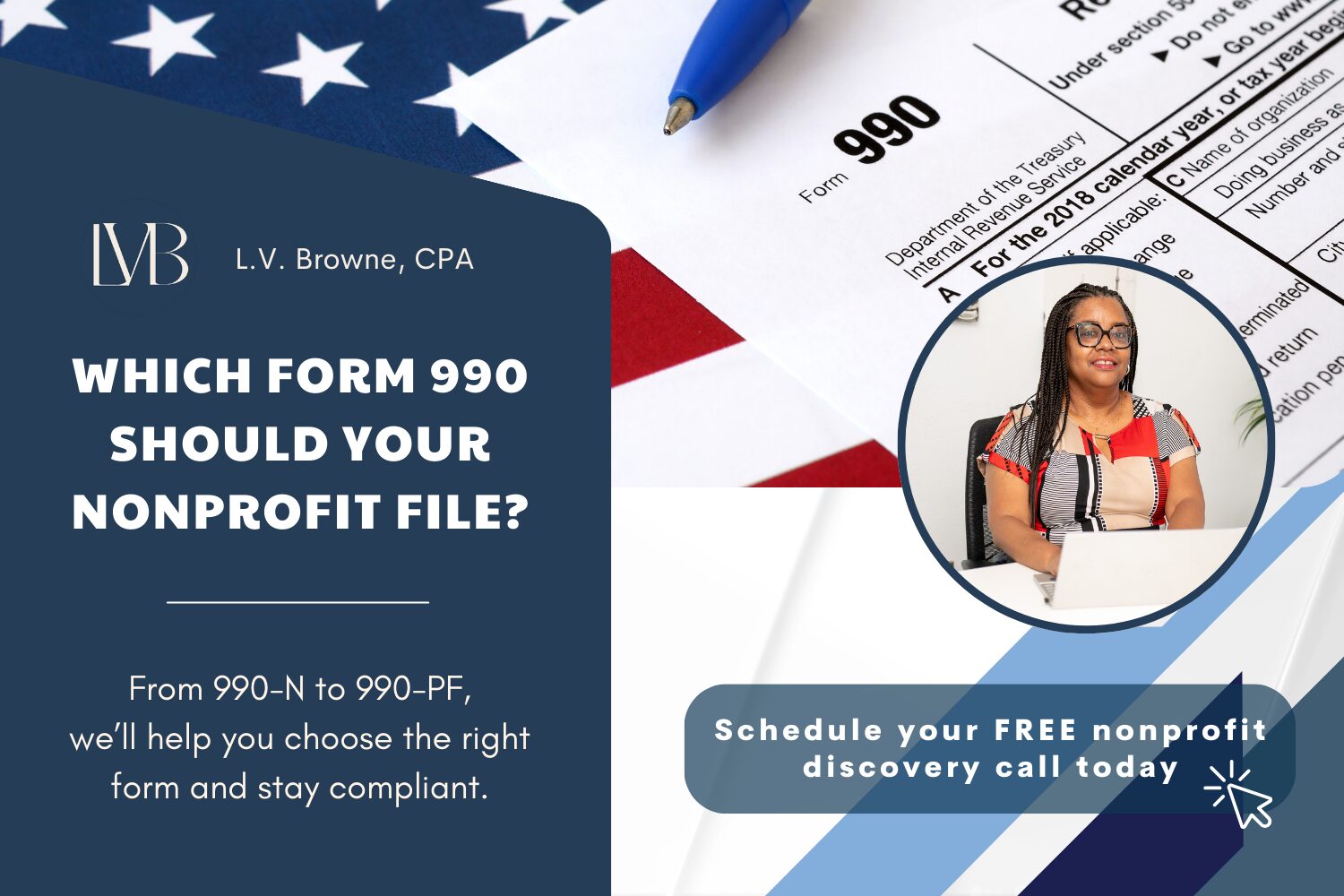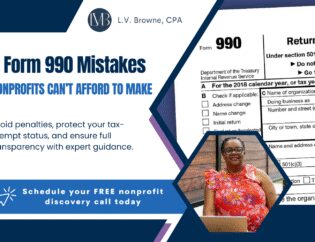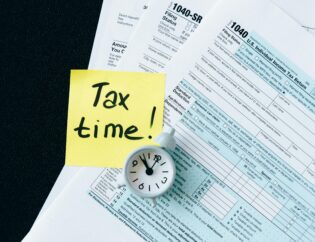
Filing the correct version of Form 990 is critical for every tax-exempt organization. Yet with multiple versions — 990-N, 990-EZ, 990, and 990-PF — many nonprofit leaders find themselves asking the same question:
“Which form do we need to file?”
Choosing the right form depends on your organization’s size, financial activity, and structure. Filing the wrong one can delay your return, trigger IRS follow-up, or even jeopardize your tax-exempt status.
Here’s a quick, clear guide to the Form 990 series — so you can file confidently and stay compliant.
Form 990-N (e-Postcard)
Who should file: Organizations with gross receipts normally $50,000 or less
This is the simplest version of the 990 — often referred to as the “e-Postcard.” It’s filed online, takes just a few minutes, and doesn’t include detailed financial information.
Key details:
- Must be filed electronically only
- Includes basic information: EIN, tax year, legal name, principal officer
- No paper version is accepted
- Failure to file for three consecutive years results in automatic revocation of tax-exempt status
Form 990-EZ
Who should file: Organizations with gross receipts less than $200,000 and total assets less than $500,000 at the end of the tax year
Form 990-EZ is a shortened version of the full Form 990. It provides more information than the e-Postcard but is less detailed than the full return.
Key details:
- Often used by mid-sized or growing nonprofits that don’t yet meet the 990 threshold
- Requires basic financial statements and program service information
- Discloses officer compensation and governance policies
Form 990 (Full Return)
Who should file: Organizations with gross receipts of $200,000 or more or total assets of $500,000 or more
This is the comprehensive return used by larger nonprofits. It includes detailed information about finances, mission, governance, programs, and compliance.
Key details:
- Requires coordination between accounting and program teams to complete accurately
- Publicly available and often reviewed by donors, grantmakers, and watchdog groups
- Must disclose compensation, lobbying activity, and fundraising performance
Form 990-PF
Who should file: All private foundations, regardless of income or asset level
Private foundations must file Form 990-PF each year, even if they are small or newly formed.
Key details:
- Subject to specific payout requirements and stricter compliance rules
- Reports on foundation assets, investments, and grants
- Includes a 1%–2% excise tax on net investment income
How L.V. Browne, CPA Helps Nonprofits Stay Compliant
Filing Form 990 isn’t just about checking a box — it’s about ensuring your nonprofit’s reputation, funding opportunities, and tax-exempt status remain protected.
At L.V. Browne, CPA, we support nonprofit organizations of all types and sizes with:
- Determining which version of Form 990 you’re required to file
- Preparing and reviewing Form 990 to ensure accurate reporting
- Aligning your accounting records and donor data for consistency
- Ensuring functional expenses and governance policies are properly disclosed
- Meeting IRS deadlines and avoiding costly penalties
Whether you need help with the e-Postcard or the full Form 990, we bring clarity, compliance, and peace of mind to every return.
Schedule Your Free Nonprofit Discovery Call
Filing the wrong version of Form 990 can lead to delays, penalties, or even loss of tax-exempt status.
Let us help you get it right the first time.
Schedule a free consultation today, and let’s make sure your nonprofit is staying compliant — while focusing on what matters most: your mission.










